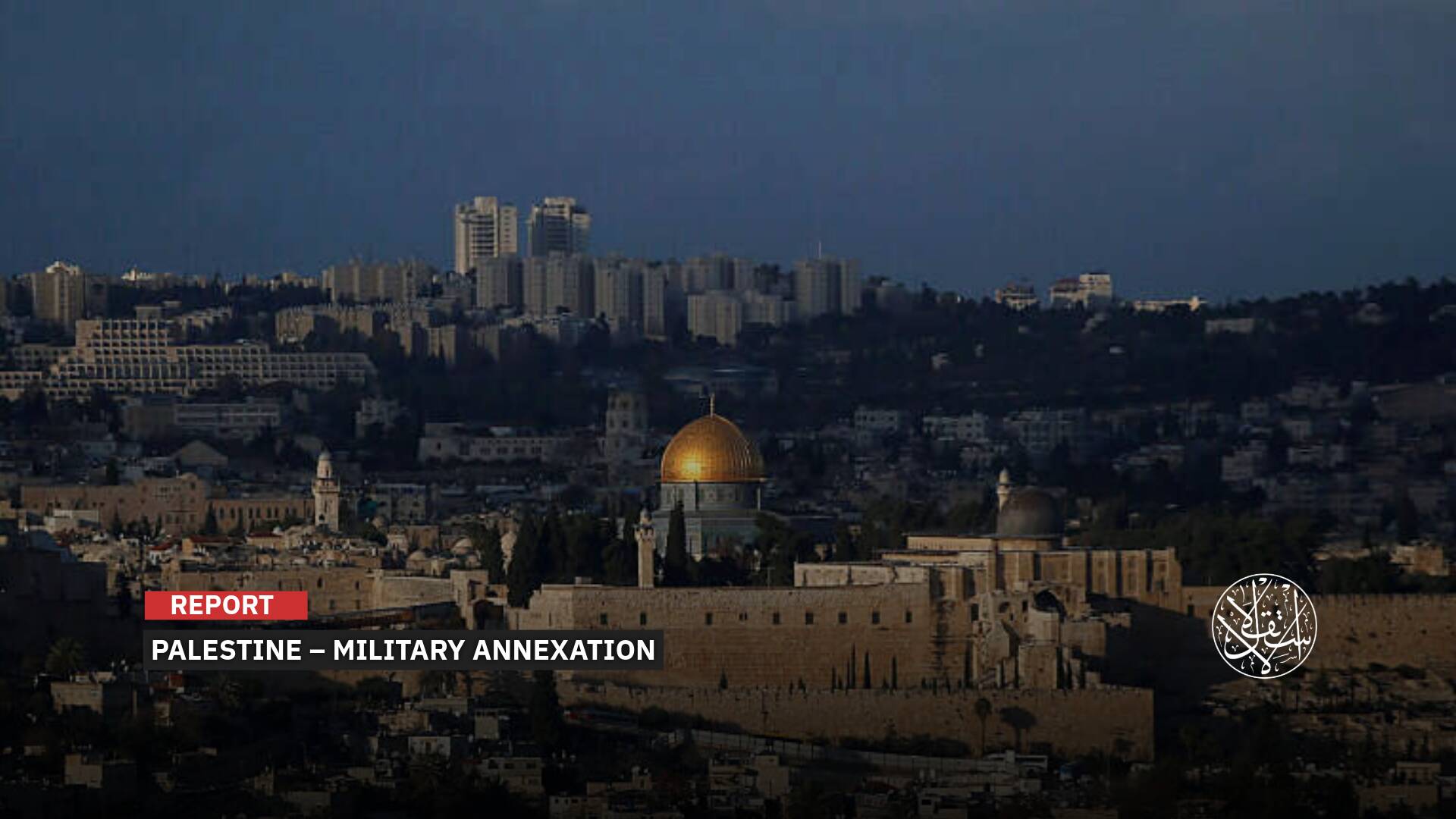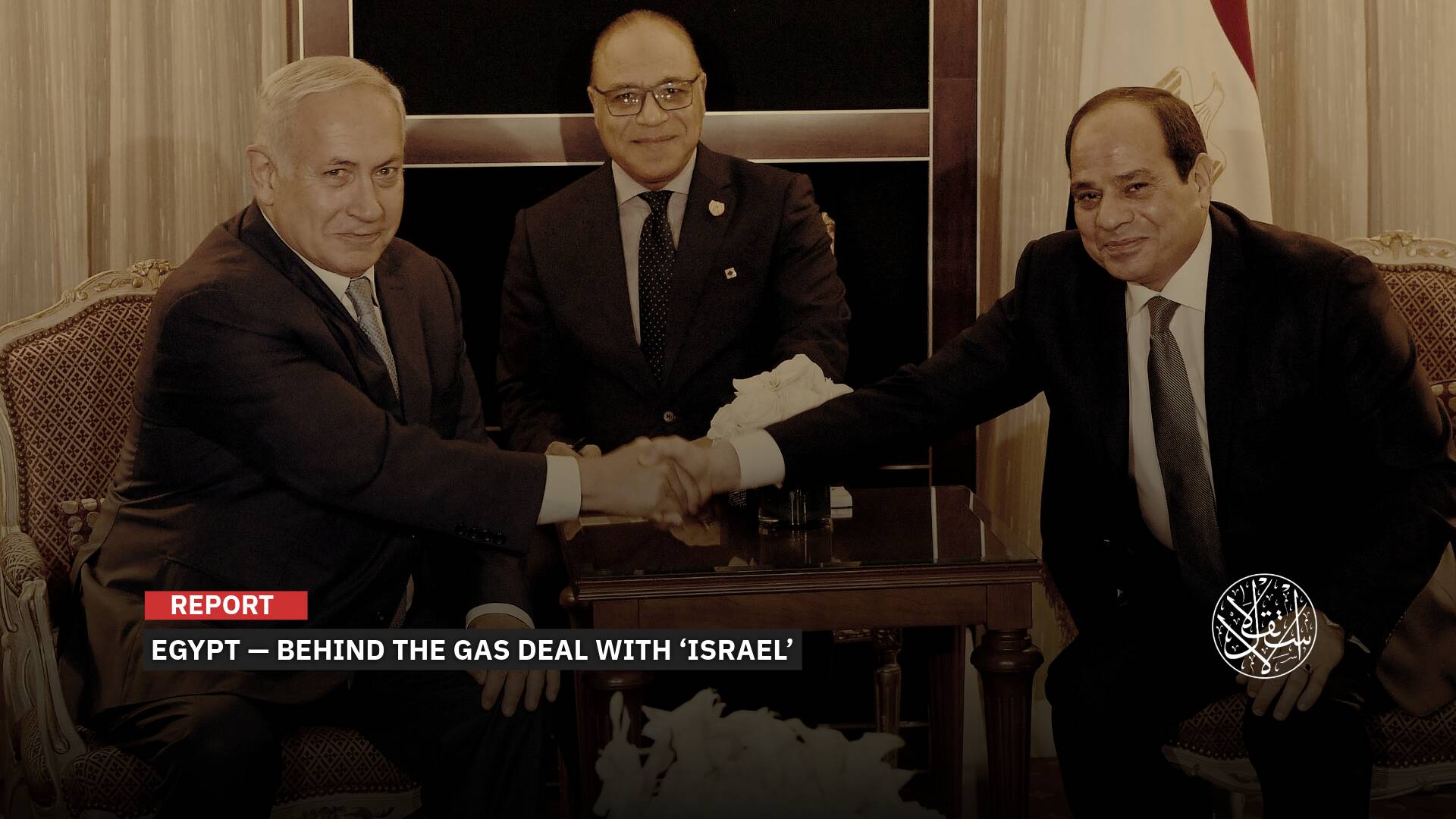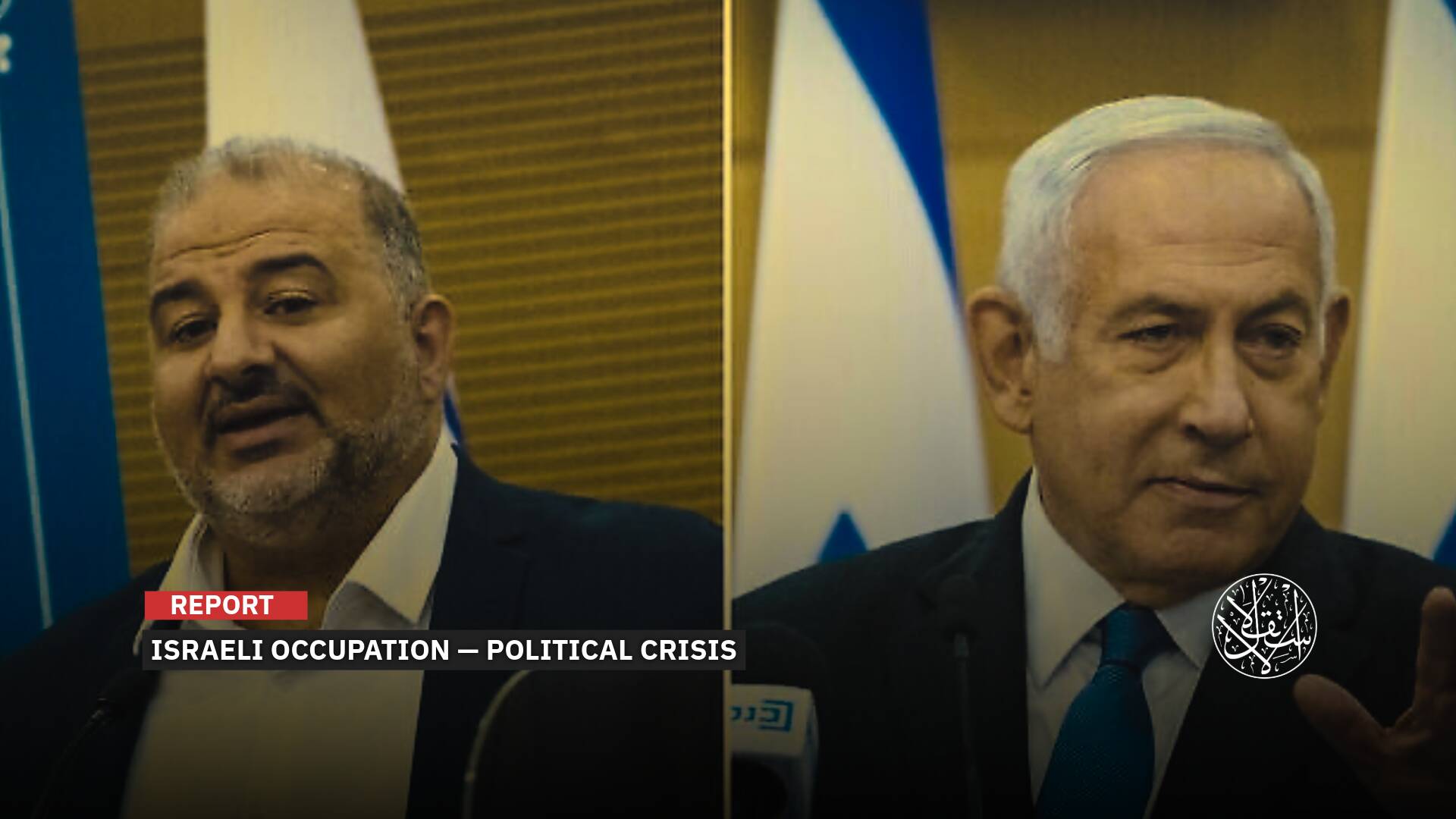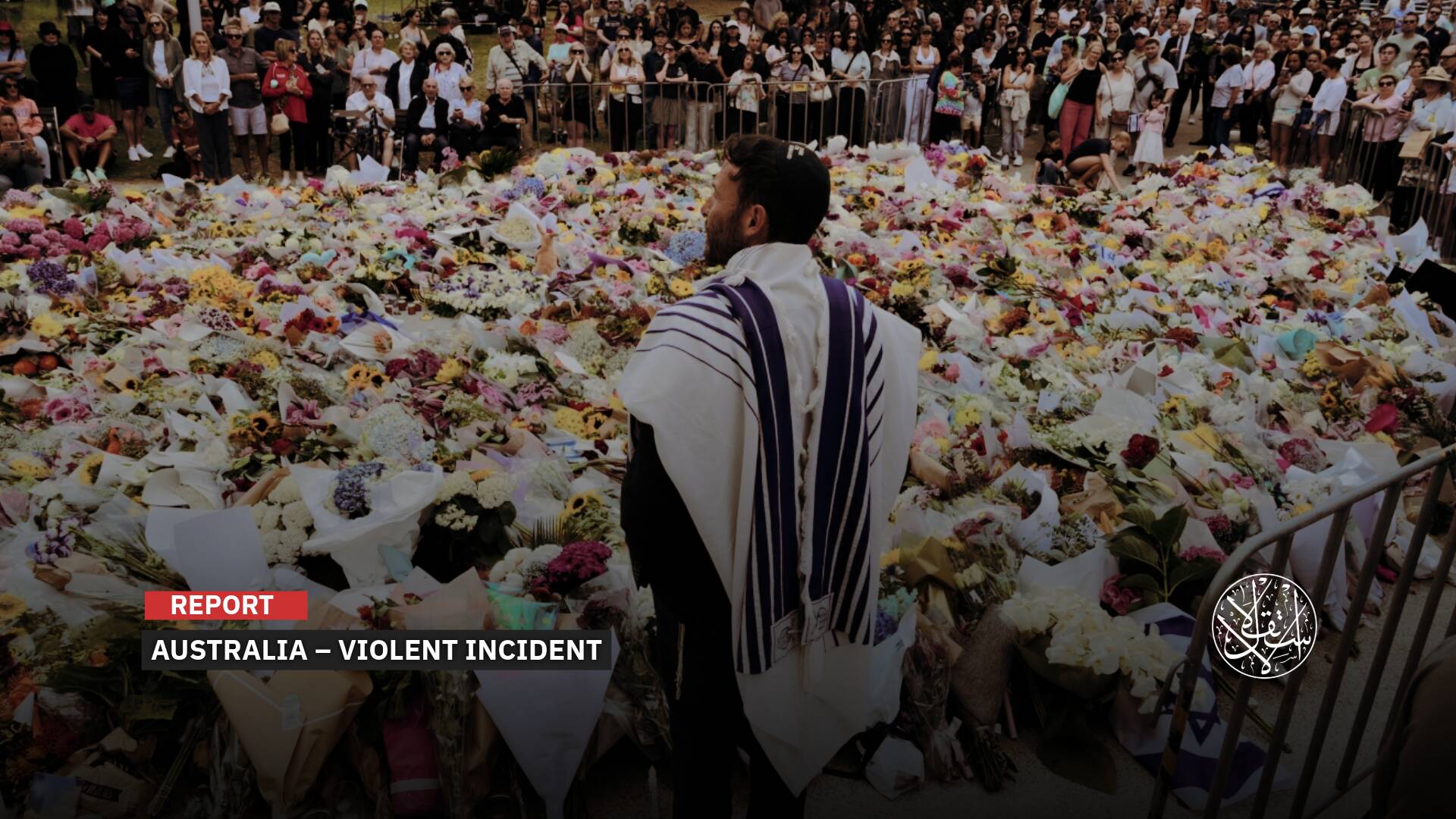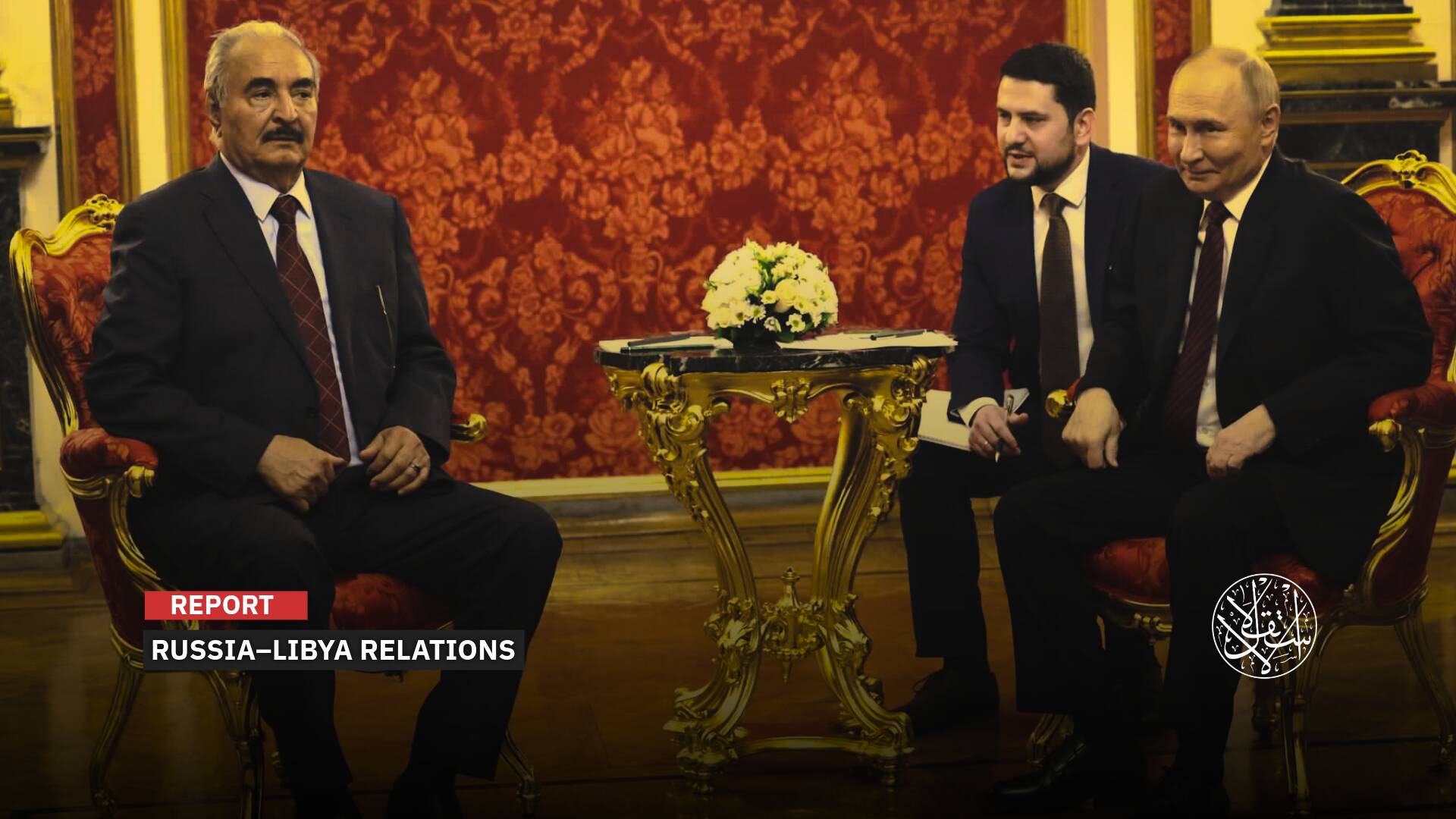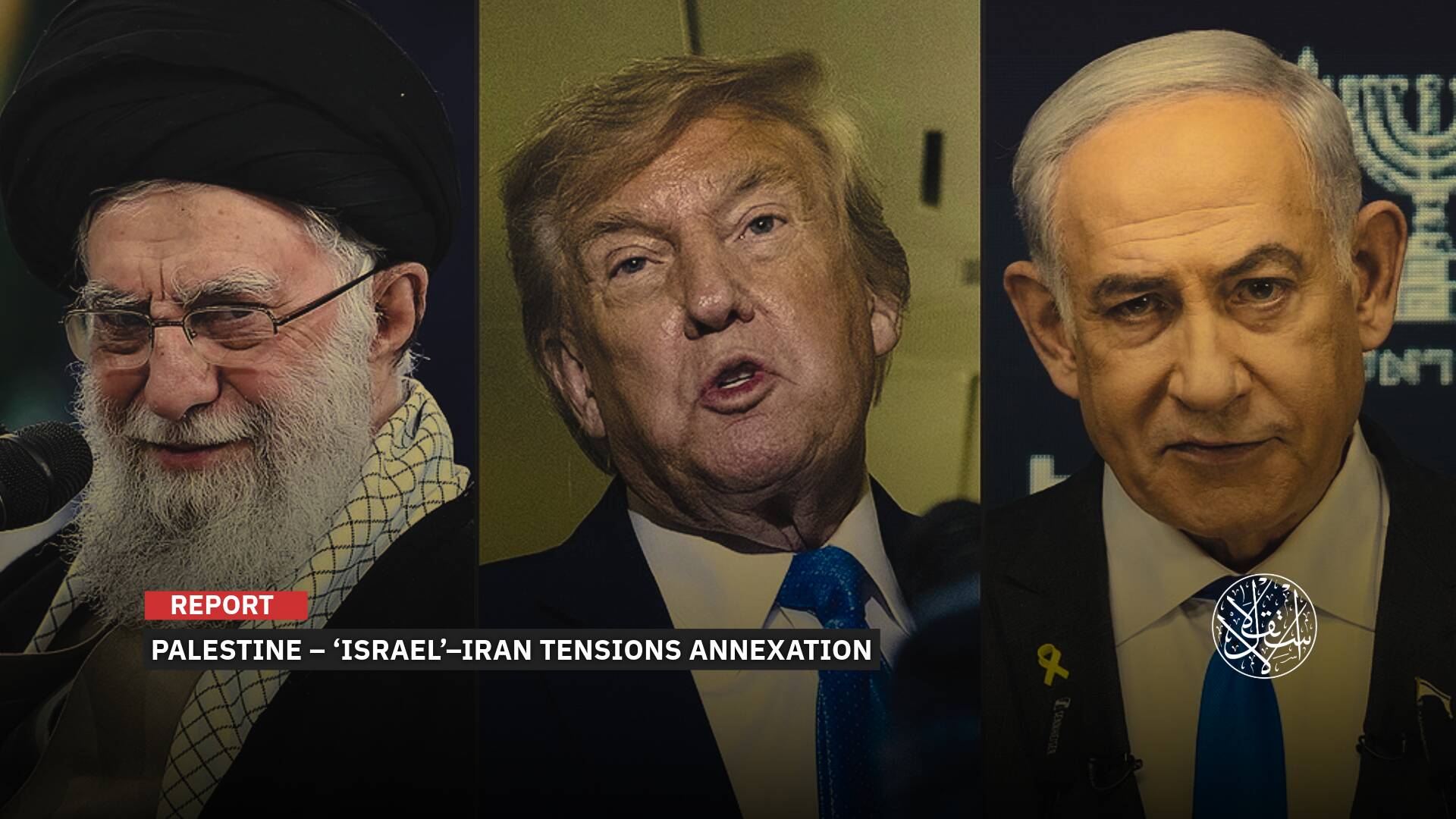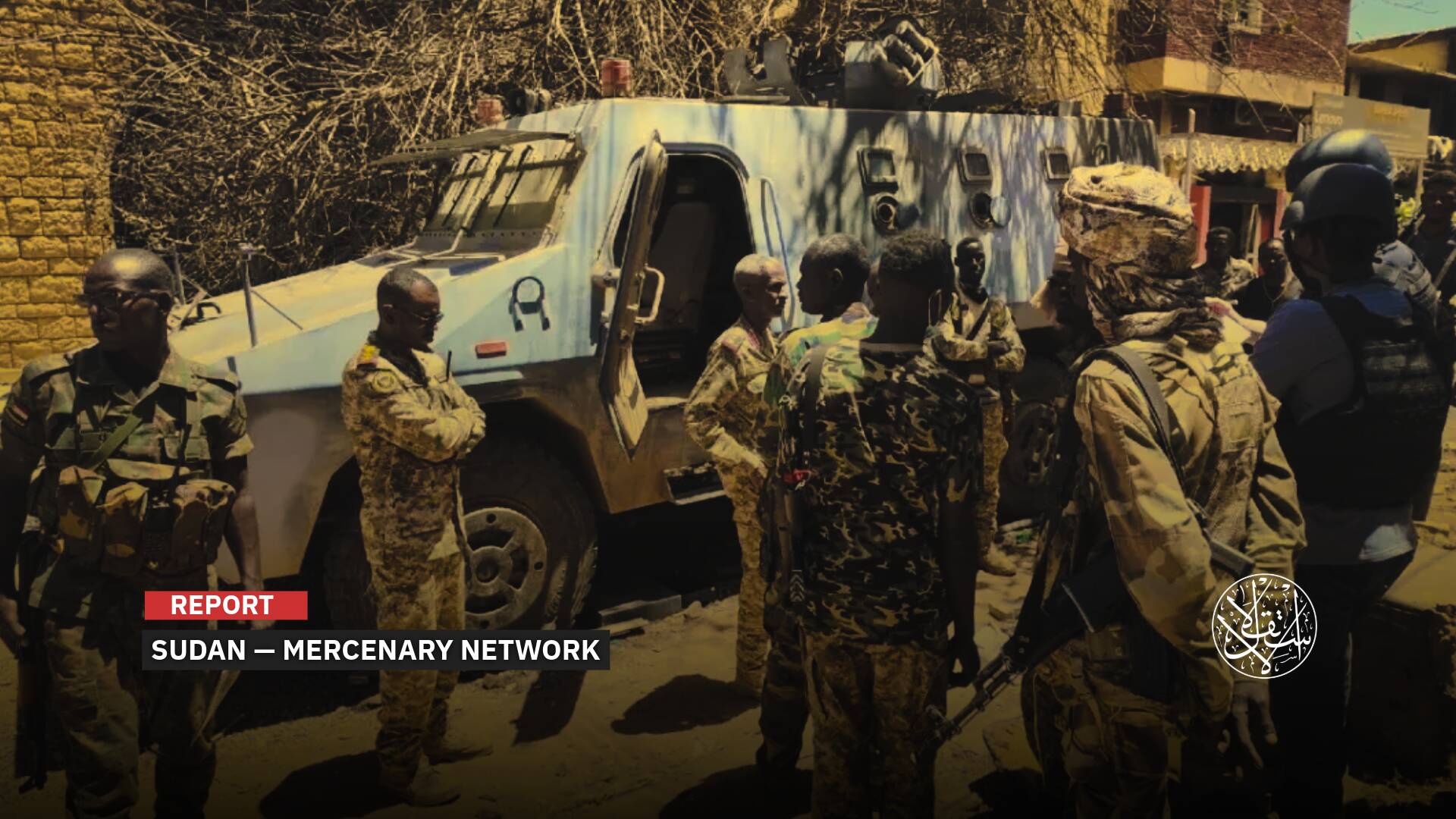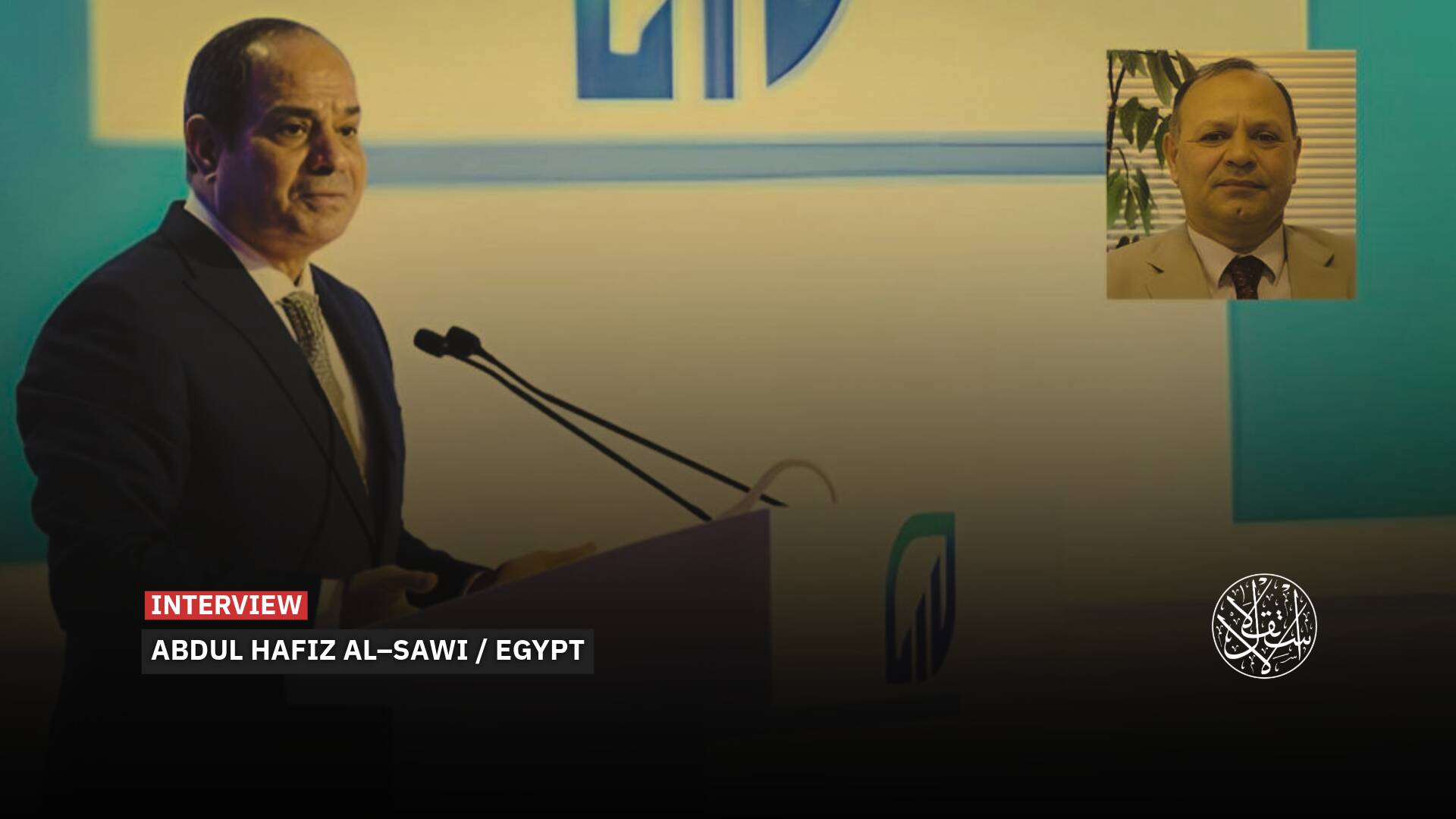Who Is Behind the Assassinations of Sunni Clerics in Iran?

Three days after the killing of two Sunni clerics in a mosque in the town of Gonbad Kavus, northern Iran, three Shiite clerics were subjected to a rare stabbing attack in the northeastern city of Mashhad, which killed two of them, raising questions about the reasons for the escalation of such attacks.
On April 5, 2022, Tehran announced the killing of two Shiite clerics and the injury of another as a result of knife stab wounds they were subjected to inside the Imam Reza Shrine, revealing that the attacker has Afghan nationality, which comes in a rare case after a series of killings of Sunni clerics in Iran.
“The attacker was connected to the takfiri groups and was influenced by their ideas,” said Mohammad-Hossein Doroudi, the public prosecutor in Khorasan Razavi province.
While official media confirmed that one of the injured in the attack was in critical condition, after being stabbed by a takfiri knife, as it described it.
Continuous Assassinations
The rare attack on Shiite clerics in the city of Mashhad, came after the killing of two Sunni clerics in the city of Gonbad Kavus, but the official version of the Iranian authorities says on April 02, 2022 that they were shot dead by unknown persons.
Subsequently, Mehdi Dehrouyeh, deputy governor of Golestan province, announced the arrest of a suspect in connection with the murder, and said that “the evidence indicated that personal motives were behind the killing of the two clerics, and there are no sectarian reasons.”
However, the Sunni News website, concerned with Sunni affairs in Iran, stated on April 2, 2022 that “the bodies of the two dead men were hit with axes after being shot.”
Some social media pioneers reported that the killing of Sunni clerics came after the Tarawih prayers were held, and the two bodies were cut with an ax, after they were shot dead.
The Turkmen News website stated that the two killed were: Mohammad Akhund Bejman and Abdul Rahman Akhund Khoja, adding that they were Friday imams in the Shai Buin neighborhood.
It is known that the people of the city of Gonbad Kavus and some cities in the Golestan province are of Turkmen nationalism and Sunnis.
This crime comes after the illegal dismissal of Mawlawi Muhammad Hussein Karkej, the Friday imam of the Sunnis in the city of Azad Shahr in Golestan province, in December 2021, which sparked anger and widespread popular protests in this Sunni-dominated city.
On February 5, 2022, opposition Iranian media reported the killing of the bodyguard of a Sunni scholar in the city of Chabahar in the Sunni-majority Sistan and Baluchestan province in southeast Iran.
The Iranian opposition channel, DR TV, stated that “unidentified gunmen shot Abdullah Kardar, the bodyguard of Sheikh Maulvi Abdul Rahman Sarbazi, imam of the largest mosque in the city of Chabahar, which resulted in the death of the bodyguard.”
On July 6, 2018, unidentified gunmen assassinated a prominent Sunni scholar in southeastern Iran, inside the Tawheedeh mosque for Sunnis in the city of Khash, in Sistan and Baluchestan province.
The Iranian Fars News Agency reported at the time that “the slain is the professor in the (Sunni) seminary and university, Dr. Maulvi Abdul Shakour Kurd, son of Maulvi Abdul Sattar, one of the former Friday prayer imams for the Sunnis in Khash,” claiming that the assassination took place against the background of personal differences.
Observers of Iranian affairs do not rule out that the attack on Shiite clerics in Mashhad was caused by discrimination and sectarian persecution against Sunnis in Iran, and the continuation of the assassinations and the constant intimidation that affects their religious symbols, without revealing and holding them accountable.

Shiite References
Despite repeated assassinations of Sunni religious symbols in Iran, the authorities did not reveal the real reasons, but attribute its causes directly to personal disputes, and then undertake to uncover the circumstances of the accident and conduct an investigation into the incident.
The ongoing intimidation against the Sunnis in Iran and their symbols, the reasons for which may be revealed by the statements of figures close to the regime.
In March 2014, a specialist and expert in religious and sectarian affairs in Iran expressed his concern about the decline in the Shiite population and the increase in the number of Sunnis in this country.
Nasir Rafi’i, a prominent member of the Scientific Board of Al-Mustafa International University said that “Shiite scholars and references are very concerned about the decline in the number of Shiites and the increase of Sunnis in Iran.”
Rafi’i indicated that “the percentage of the number of Sunnis in Iran is rising rapidly, and in return, the percentage of the number of Shiites is declining.”
“The number of primary school students who are Sunnis is equivalent to 50 percent of all students in Iran, which means that their number has become equivalent to Shiites,” he pointed out.
He added, “In one of the cities in the Iranian province of Azerbaijan, the number of Sunnis (70 percent) exceeds the number of Shiites (30 percent), and this is very dangerous,” according to what was reported by the Iranian Mehr News Agency.
Rafi’i attributed the increase in the number of Sunnis in Iran to polygamy among them and the abundance of children, pointing out that the percentage of polygamy in some Sunni cities reaches four wives for a man, and the number of children reaches 40 children in the same family sometimes.
He also pointed out that “Shiite references in Iran have urged their followers to intermarry and to procreate and have more children.”
In 2013, the Shia Online website also published a report in which it explained that “during the next 20 years, the Shiites in Iran will become a sectarian minority; on the other hand, the Sunnis become the majority, then other religions such as Christianity and Zoroastrianism.”

Public Incitement
Warnings about the increase in the number of Sunnis in Iran, were accompanied by incitement against them by senior Shiite authorities, including Ayatollah Makarem Shirazi.
Shirazi, who is considered one of the leading Shiite authorities in Qom, called for confronting the people of the Wahhabi faith, which is a term that Iran uses to refer to anyone who converts from the Shiite sect to the Sunni sect.
Shirazi said at the Imam Sajjad International conference in 2015: “Today we see Sunnis buying lands in the outskirts of Mashhad (Khorasan) in order to increase their numbers.”
This Shiite reference attacked what he called the people of the Wahhabi faith, saying: “I called on officials to form parties and groups to confront these activities (conversion to the Sunni sect), and there is no limitation for those who prevent them and we are free in this field.”
Following these statements, the Sunni imam in Iran, Sheikh Abdol-Hamid Isam'eelzahi, expressed his protest against the statements of Ayatollah Makarem Shirazi, and considered them public incitement.
Information about the actual size of the Sunni population in Iran is conflicting due to the lack of a census based on sect and ethnicity in the country, where official statistics say they constitute 10 percent of the total population.
However, Sunni sources confirm that they constitute about a third, while independent sources indicate that the real number ranges between 15-20 percent of Iran's population of 79 million, according to the 2015 census.
The Sunnis of Iran are divided into three main ethnicities: Kurds, Baluchis, Turkmen, in addition to the Arabs residing in Khuzestan province.
It is noticeable that the Sunnis in the Islamic Republic of Iran and most of them belong to the Hanafi and Shafi'i schools, and they live near the border that separates Iran and neighboring countries such as Pakistan, Afghanistan and Iraq.
While the Kurds, who are the vast majority of Sunnis in Iran, follow the Shafi'i school of thought, the Baluch and the Turkmen follow the Hanafi school, as for the Arabs and some Azeris, they follow the Naqshbandi Hanafi school of thought.

Although the numerical proportion of Sunnis ranges between 15-20 percent of the population of Iran, their representation in the Shura Council (Parliament) is absolutely not commensurate with this percentage; the number of Sunni deputies does not exceed about 20 out of a total of 280, or only seven percent.
The case does not depend only on Parliament, the Sunni citizen is deprived, according to the constitution, of holding high positions in the state, like the presidency of the republic or parliament, regardless of his qualifications, and this is limited to the Twelver Jafari school of thought, according to Article 115 of the Iranian Constitution.
Sources
- Iran Officials Blame Sunni 'Takfiris' For Knife Attack On Clerics
- Two Sunni clerics were killed by unknown gunmen in northern Iran [Arabic]
- The increase of Sunnis in Iran disturbs Shiite references [Arabic]
- To whom do the votes of the year go in the upcoming Iranian presidential elections? [Arabic]
- A prominent Sunni cleric was assassinated inside a Sunni mosque in Iran [Arabic]


